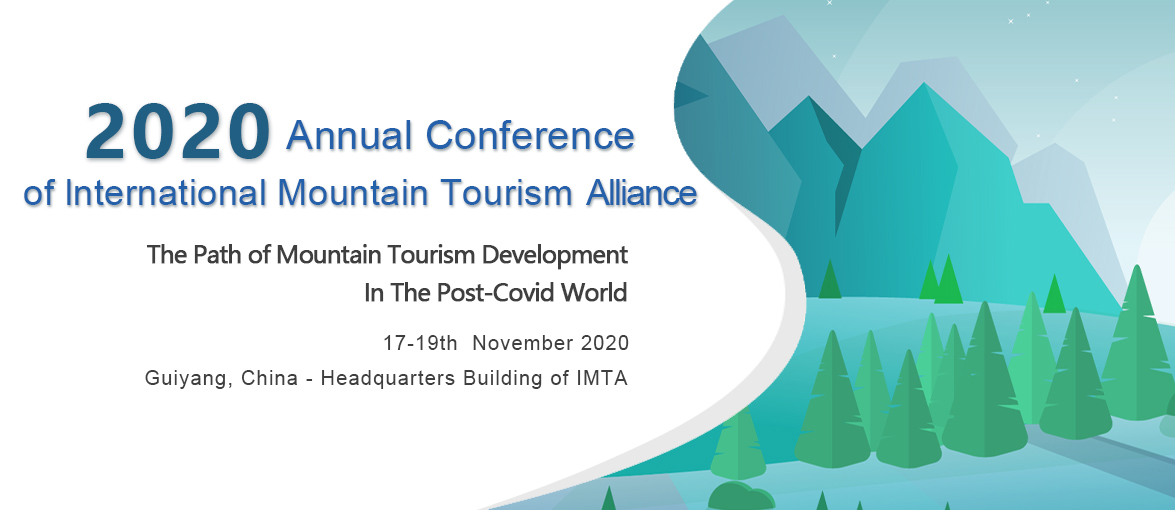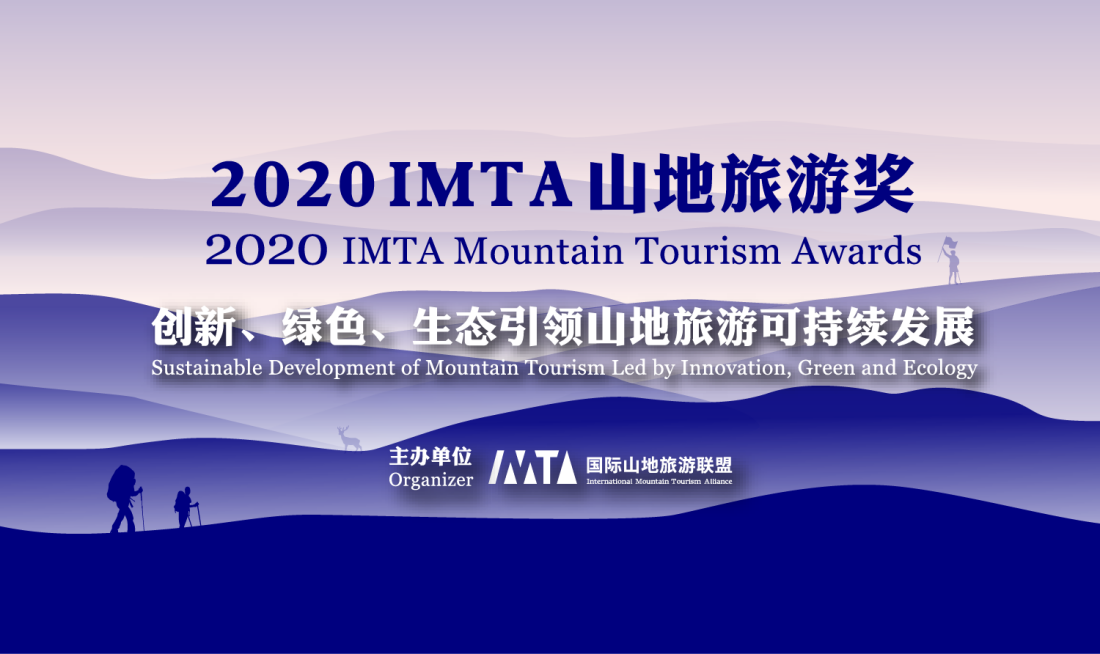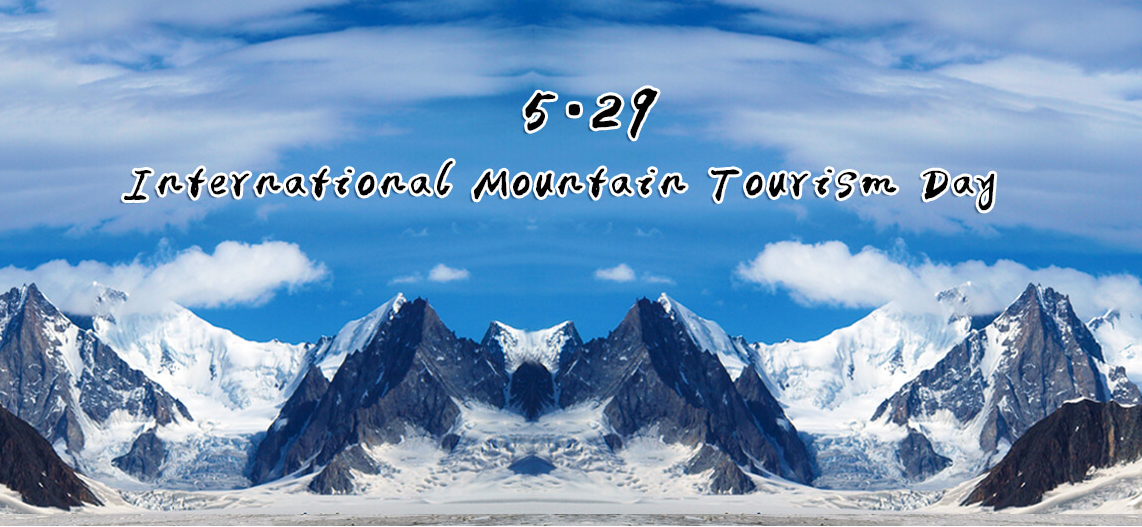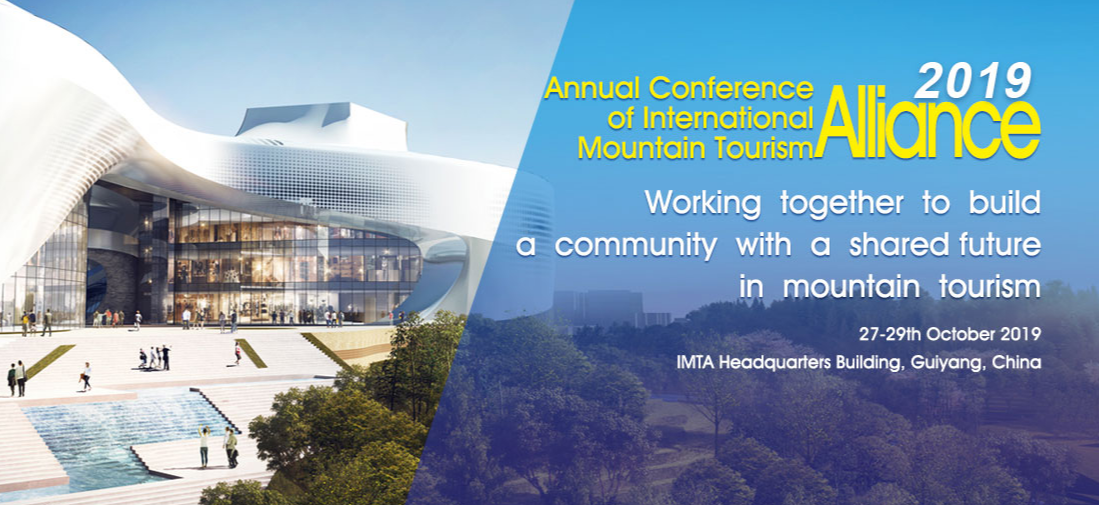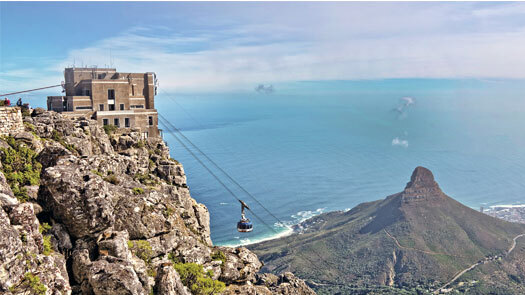
“Whilst some African hotel markets have a long way to go in terms of recovery and regrouping, others have shown remarkable fortitude and resilience and provide hope that ‘normal’ conditions will once again prevail in the hospitality sector in Africa,” says HTI Consulting CEO, Wayne Troughton.
“Throughout 2020 and into 2021, as wave after wave of Covid-19 infections continued to spread across the globe, hotels struggled to achieve sustainable levels of demand. Hoteliers and their staff have, however, been adaptable and resourceful over the period and quite a few of the properties that contributed to STR in 2019 have therefore continued to do so in 2021,” says Troughton. “It is encouraging to witness the resilience of some of the key African cities as well as the boost in performances in the months leading up to the end of the year.”
The below Review of the 2021 year sees HTI Consulting compare the performances of 2021 with those of 2019 to identify the rate of recovery in key Southern, Western and East African markets.
Southern Africa
Occupancy Recovery Rates
Umhlanga showed the strongest occupancy recovery rate across Southern African markets currently contributing to STR. With an average occupancy of 48.1% for 2021, occupancy for October and November was sitting at 65%, peaking at 71% in December. Recovery rates over these three months ranged from 86% to 92%.
With an occupancy rate of 25,2% in 2021, Lusaka’s recovery is at 54% when compared to 2019 occupancy (54%).
Cape Town’s recovery is at a similar level (53%) with an average occupancy of 34.9% for 2021 vs. 65.3% in 2019. From October 2021 occupancy levels were pushed over 50%, driven by increased demand from overseas travellers after South Africa’s removal from the red list in October.
Despite the travel bans that ensued in December 2021, the December occupancy for Cape Town was also above 50% due to strong domestic leisure support.
Room Supply Recovery
Occupancy levels achieved should always be viewed in the context of the recovery of room supply. When assessing the number of rooms contributing to STR data in 2021, Windhoek and Gaborone have achieved equivalent levels to 2019. Occupancy recovery levels for these
two markets are therefore more accurate. Room supply in Umhlanga, Sandton and Cape Town is notably down, with respective recovery of supply at 62%, 58% and 57%.
It remains uncertain as to whether or not the limited recovery in property contributions to STR is attributed to permanent closure or temporary closure. Some are likely to reopen occupancies and therefore in these markets might take some time to regain 2019 levels. International market recovery will also take some time and increased business and leisure travel will be required to drive peaks achieved prior to Covid.
ADR Recovery Rates
From a rate perspective, most key markets have made pleasing progress in rate recovery. Hoteliers, for the most part, have carefully managed discounting in order to avoid rate dilution and to facilitate a swift rate recovery once market conditions improve. Umhlanga achieved an ADR of USD 91 for 2021 vs. USD 92 in 2019. This is a positive sign.
When considering the pressure the Lusaka market was under prior to the pandemic, the achievement of an ADR of USD82 is positive, particularly as rates achieved in 2019 were USD100.
Cape Town and Sandton have experienced similar recovery rates. Hoteliers in the Mother City have, however, found it challenging to push rates without higher paying international clientele. Sandton properties continue to discount.
RevPAR Recovery Rates
The RevPAR recovery rate continues to remain subdued, with market leaders only at 44% when compared to 2019. Low occupancies remained a challenge across the southern region, given the dearth of international leisure and domestic and regional business travellers.
The removal of Southern African countries from the ‘red list’ by most key source markets in early 2022 is likely to see a gradual uptick in foreign travellers, notably from February onwards. Increased activity from the business market is also anticipated, particularly with the view that the pandemic could potentially be downgraded to an endemic. The outlook for 2022 is therefore cautiously optimistic, provided no more travel bans or lockdowns impact the region.
Market Outlook
The UNWTO frequently surveys tourism experts across continents in order to understand their views on when key tourism markets will recover to 2019 levels. In May 2021, 45% of African tourism experts surveyed projected the continent would recover to 2019 levels by the end of 2023. A similar survey in January 2022 highlighted that only 33% of experts saw recovery occurring in 2023, with 50% anticipating recovery in 2024 or later.
“For Southern Africa, the latter scenario is more likely given the challenges in recent months,” states Troughton. “Uncertainty remains high due to erratic flight schedules, frequently changing Covid regulations and undeniable travel anxiety related to being stranded or having to undergo unexpected quarantine periods (as experienced by foreign travellers to South Africa in November 2021).”
“As the region awaits the return of foreigners, many Southern African assets are struggling to maintain sustainable operations,” he says. “HTI Consulting have worked with a number of owners to create strategies that will offload risk and stabilise cash-flow allocation for debt repayments.”
“Converting operations from a management contract to a lease or franchise has been a prevalent trend in this region as has the sale of distressed assets and the renegotiation of existing finance structures. This trend is expected to continue in the medium term and savvy investors have the opportunity to add good quality assets to their portfolios.”
East Africa
Occupancy Recovery
Zanzibar showed strong recovery in 2021 with an occupancy recovery rate of 87%. The number of properties contributing to STR is however limited (average of 229 rooms in 2019). A review of bed occupancy for the island as a whole (published by the OCGS in Zanzibar) indicated a similar recovery rate of 84%.
Furthermore, the island’s tourist arrivals are at 73% of what they were in 2019. Zanzibar’s ‘open door’ policy, a focus on targeting non-traditional markets and limited restrictions contributed towards a strong recovery in 2021.
Addis Ababa’s strong recovery throughout the year is surprising given the political challenges being experienced in the country. Ethiopian Airlines does however drive a high degree of transit passengers through the destination, boosting accommodation demand. Although a small market, the recovery in the Kigali market is positive.
The 2019 figures were however off a low base with a high of 49% for the year. Nairobi, Kampala and Dar es Salaam continue to struggle with recovery well off the 2019 benchmark. Foreign travellers play a strong role in driving hotel demand in these cities.
Room Supply Recovery
The sample size reviewed by STR in 2019 was equal for Kampala, Kigali and Addis Ababa by the end of 2021. Whilst Zanzibar sits at 83% only one property is currently not contributing to the sample. Both Nairobi and Dar es Salaam still have a number of properties that are closed. The occupancy recovery levels in these markets are therefore over estimated.
ADR Recovery Rate
The ADR for Zanzibar has recovered and exceeded that achieved in 2019. Positioned at USD 123 at the end of 2019, in 2021 USD 153 was achieved. As with other markets, the rate of recovery for ADR is relatively strong as hoteliers have been careful with rate management. All markets are at 80% and above with the exception of Addis Ababa and Kigali where strong discounting is being applied to attract demand. As highlighted, a large proportion of demand in these markets is driven by MICE activity, which remains subdued across the globe.
RevPAR Recovery Rate
The properties in Zanzibar have exceeded the USD 79 RevPAR achieved in 2019, with a rate of USD 97.66 in 2021. This is extremely positive and points to the successful strategy adopted by the island in generating demand.
Other markets in the region continue to under-perform. The recovery of international business tourism (both individual and conference) is a key factor for these markets.
These segments remain under pressure in Africa and, whilst Kigali has started to gear up its MICE business, international demand is limited and most East African cities remain largely reliant on domestic, and occasionally, regional conferences.
Market Outlook
The outlook for Zanzibar is positive. Investment in this node is currently very active and opportunities for greenfield and brownfield projects are apparent.
There remain a number of distressed assets elsewhere in East Africa, particularly in Nairobi and Dar es Salaam, where a number of properties have not re-opened. The better quality of these are under strong scrutiny by international investors with some, such as the City Lodge East African portfolio, being snapped up by regional investors such as Actis.
Other properties in Nairobi, Kampala and Dar es Salaam are currently undergoing a due diligence process as investors weigh up the available opportunities.
Conversions to franchises, management contracts, lease agreements and sales are likely to be evident in the East African market over the next 18 to 24 months as markets slowly gain traction. Commensurate with Southern Africa, the return to 2019 trading levels is expected to be slow but steady, and achievable by the end of 2024.
The return of international corporate travel and MICE activity is key to regaining former highs. The MICE market, given the volumes attracted, is expected to be one of the last to recover.
West Africa
Occupancy Recovery Rate
Only three West African markets were able to contribute consistently to STR in 2021. Lagos has been the standout for the West African region with an 85% average occupancy recovery rate at the end of 2021. The occupancy average for 2021 was 52.1% versus 61.6% at the end of 2019. Strong domestic and regional support, from both leisure and business markets has sustained the industry over this time.
Accra has also seen a strong recovery with occupancy for 2021 positioned at 45.8% (65.3% in 2019). Commensurate with Lagos, domestic and regional business and leisure travellers have enabled a strong rebound. Abidjan finished 2021 with an occupancy of 42% versus 56.8% in 2019.
Room Supply Recovery Rate
Recovery in key West African markets, when considering the supply of rooms, is even more impressive. The number of rooms contributing to STR actually increased in both Abidjan (Noom Hotel, amongst others) and Lagos (opening of the Marriott Hotel in Ikeja). New supply in markets like Nigeria is already being absorbed. The level of rooms contributing to STR is at 99% for Accra.
ADR Recovery Rate
ADR in both Abidjan (USD 136 vs. USD 137 in 2021) and Lagos (USD 127 vs. USD 130 in 2019) is almost aligned with 2019 levels. Accra, at 83% of 2019 levels (USD 131 vs. USD 158 in 2019), is not far behind. The growing oil price bodes well for both Nigeria and Ghana. Provided no new Covid variants emerge, oil prices are expected to remain buoyant in the short to medium term. This will bode well for the hospitality sector in the region and expedite recovery to 2019 levels.
RevPAR Recovery Rate
Given the strong recovery in both occupancy and ADR across all markets, RevPAR recovery rates are amongst the strongest assessed. Recovery has occurred despite some countries being placed on the amber list by various international countries. Travellers to amber
list countries were required to quarantine upon return to their home country. Given this, international demand was limited and further amplifies the extent to which the regional and domestic markets have supported the hospitality sector in key cities.
Market Outlook
The outlook for West Africa is positive. A return to 2019 trading levels expected by the end of 2023, if not sooner. Continued domestic and regional support, along with the gradual growth in international business travellers will facilitate a market rebound.
Whilst Abidjan, Lagos and Accra do represent opportunities for greenfields developments, particularly considering the resilience of each market, sales transactions, conversions and leases remain more likely in the short term.
Should oil prices continue to rise exponentially, projects placed on hold during Covid could once again be revitalised resulting in a new supply cycle within the medium term (three to five years)



